Petrochori is a village and the seat of its corresponding community in the Amari Municipality, situated within the Rethymno regional unit on the island of Crete, Greece. It is located 40 kilometers from Rethymno and is built at an altitude of 360 meters on the eastern foothills of Mount Samitos, overlooking the Amari Valley. The village’s economy primarily revolves around agriculture and livestock farming.
Historical References
The documented history of Petrochori stretches back to the 16th century, with Francesco Barozzi’s mention of the village as “Aposetti” in 1577. This early reference suggests a settlement already established and integrated into the regional landscape during the Venetian era. Subsequent records, such as the Venetian and Ottoman censuses, provide glimpses into the village’s demographic evolution and its place within the broader administrative structures of those times. The village’s name change from “Aposetti” to “Petrochori” in 1931 reflects a shift in identity, possibly linked to evolving cultural or linguistic trends.
In the 1834 census conducted by the Egyptians, 12 Christian families and one Muslim family were recorded as living in the village. In the 1881 census, it is mentioned as part of the Monastiraki municipality with 195 Christian and 35 Turkish inhabitants. By 1900, the population had increased to 260. In the 1920 census, it is listed as the seat of its own rural municipality. In 1926, the village was designated as the seat of its own community within the Amari province until the Kapodistrian administrative division, when it was annexed to the Municipality of Kourites. Since 2011, it has been part of the Amari Municipality.
Location and Dimensions
Petrochori’s location on the eastern foothills of Mount Samitos places it within the picturesque Amari Valley. The village’s elevation of 360 meters offers panoramic views of the valley and surrounding mountains, creating a scenic backdrop for its residents and visitors. The Amari Valley itself is known for its fertile lands and agricultural productivity, factors that likely played a role in the village’s historical development and economic activities.
Historical Significance
Petrochori’s historical significance lies in its continuous inhabitation and its role as a witness to centuries of Cretan history. The village has experienced the transition from Venetian to Ottoman rule and ultimately became part of the modern Greek state. The presence of a 13th-century medieval church within the village attests to its deep historical roots and its enduring spiritual traditions.
The church’s architectural features and inscriptions offer valuable insights into the artistic and cultural influences that have shaped the region. The inscription on the south entrance of the newer church, built in 1885, provides a glimpse into the religious beliefs and aspirations of the community at that time. The 1580 inscription inside the church of the Holy Apostles serves as a tangible connection to the village’s past, reminding us of the individuals who have walked its streets and worshipped within its walls throughout the centuries.
Population Data Over the Years
Census Year |
Population |
|---|---|
1900 |
260 |
1920 |
290 |
1928 |
273 |
1940 |
246 |
1951 |
244 |
1961 |
208 |
1971 |
166 |
1981 |
142 |
1991 |
153 |
2001 |
137 |
2011 |
137 |
Points of Interest
The central church of the village is a two-aisled church dedicated to the Holy Spirit and the All Saints. The church was built in 1885 to the east of a ruined medieval church from the 13th century, which was later rebuilt. The new church has an inscription on its south entrance. Above the north entrance is a bell tower, and it also has a second, newer bell tower in its courtyard. The small church of the Holy Apostles is also located in the village. Inside the church, there is an inscription from a visitor to the church which reads “Die prima Marzo 1580. Hic fruit Aloisio Neotero.”
Current Status
Petrochori, despite its smaller population, continues to be a living community with a rich cultural heritage and a strong connection to its agricultural roots. The village’s primary economic activities remain centered around agriculture and livestock farming, reflecting the enduring importance of the land and its resources.
The presence of historical and religious sites, such as the 13th-century church and the newer church dedicated to the Holy Spirit and the All Saints, adds to the village’s cultural appeal. These landmarks offer visitors a glimpse into Petrochori’s past and its enduring spiritual traditions.
Village Key Points
- Historical References: The village is first mentioned in 1577 as Aposetti and has been documented in various censuses and historical records since then. It was officially renamed Petrochori in 1931.
- Location: Petrochori is situated in the Amari Municipality, nestled in the eastern foothills of Mount Samitos, overlooking the Amari Valley.
- Dimensions: The village has a population of 137 according to the 2011 census.
- Historical Significance: Petrochori has a history dating back to at least the 16th century, with evidence of its presence during the Venetian and Ottoman periods. The village also features a medieval church from the 13th century.
- Population Data Over the Years: The population has fluctuated over time, reaching a peak of 290 in 1920 and currently standing at 137.
- Current Status: Petrochori remains an active village with a primary focus on agriculture and livestock farming. It is part of the Amari Municipality and features historical and religious sites of interest.
Access
Petrochori is 16.6 kilometers away from the town Tympaki and 2.6 kilometers away from Fourfouras















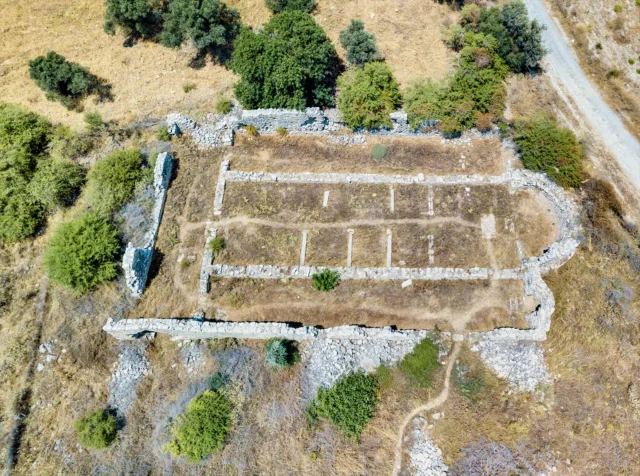

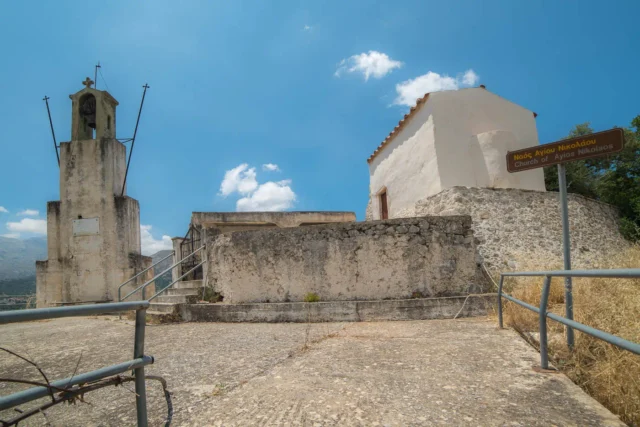
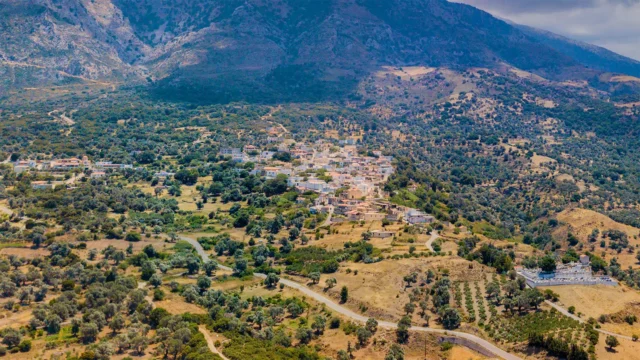

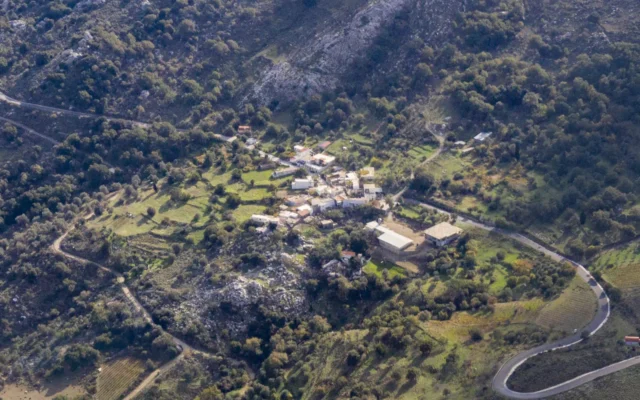
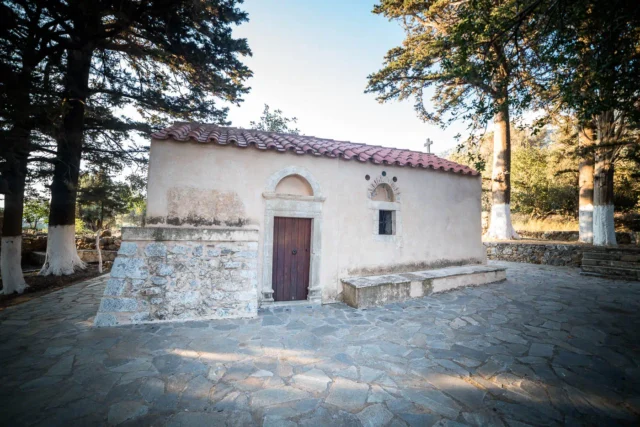
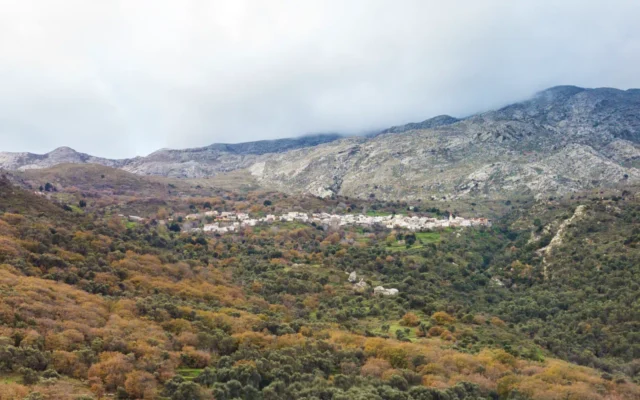

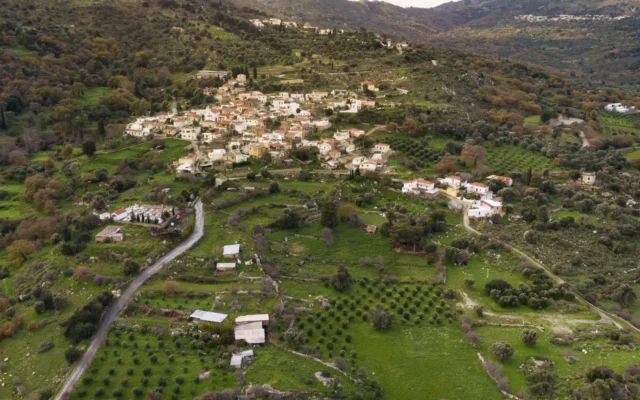
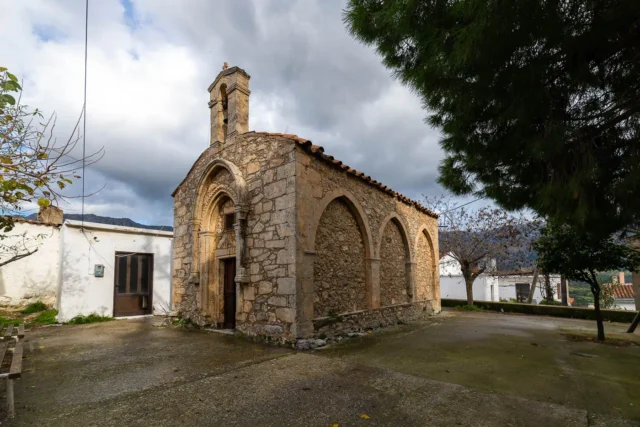
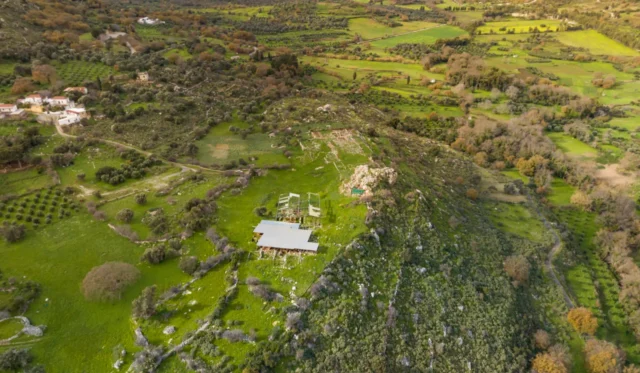
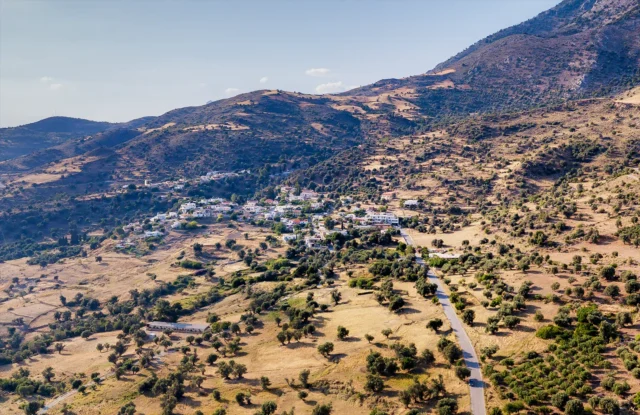
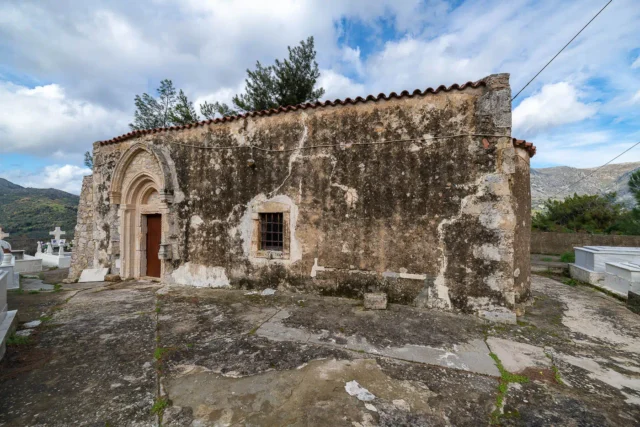
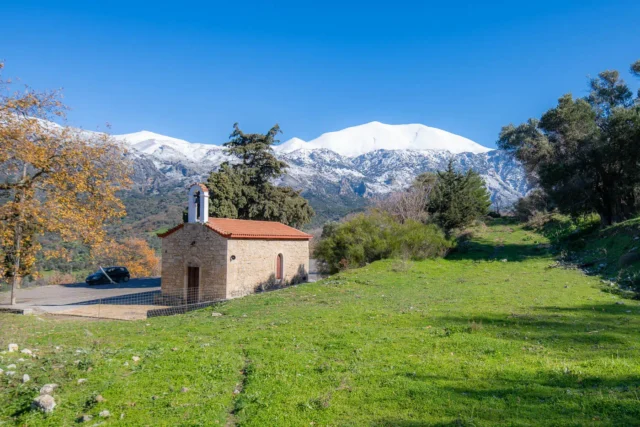
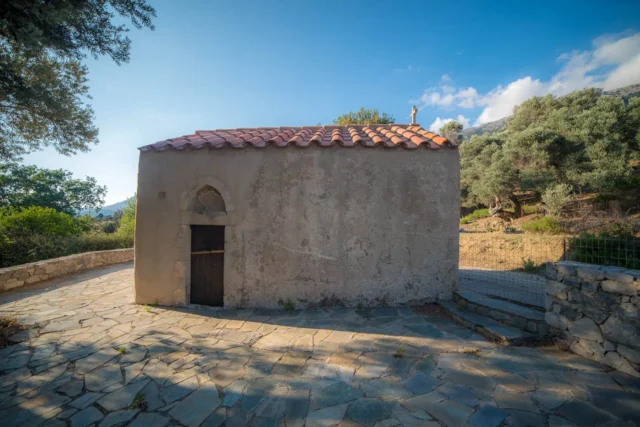
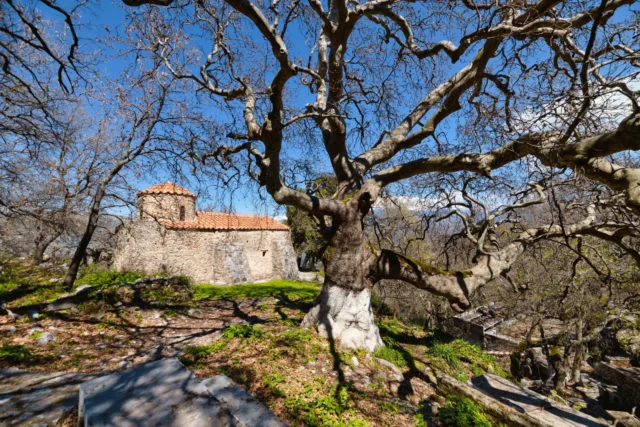

There are no comments yet.